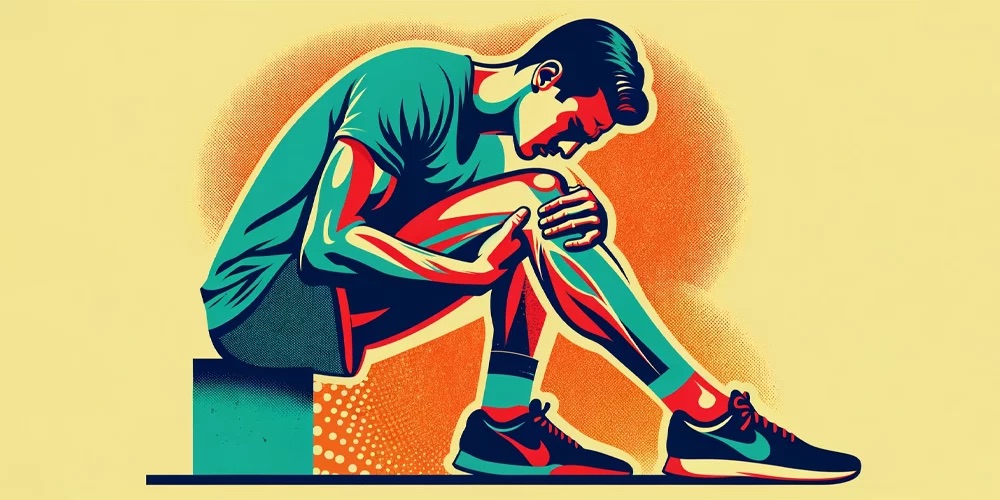It’s a familiar situation for many of us: our training schedule is calling, but our muscles are still sore from the previous session. What should we do in these cases? Is it better to take a break and rest, or can we continue running with sore muscles? Let’s explore this question in our blog article.
What is muscle soreness?
Muscle soreness, often known as DOMS (Delayed Onset Muscle Soreness), is a common condition that occurs after intense workouts or physical activities to which we are not accustomed. It typically appears within 24-48 hours after exercise and can last up to 72 hours. This phenomenon is caused by micro-tears in the muscle fibers, which subsequently repair and become stronger.
Running with sore muscles: Yes or No?
The answer to this question depends on several factors:
1. Degree of Soreness
- Mild or Moderate: If the soreness is mild, running can help stimulate blood flow and reduce muscle stiffness. In these cases, a light running session or a low-intensity workout is advisable.
- Severe: If the pain is very intense, it’s better to take a rest day or opt for a low-impact activity like swimming or cycling. Insisting on a very sore muscle can increase the risk of injury.
2. Type of Training
- Active Recovery: Moderate training sessions can actually be beneficial; a light run or a walk can facilitate active recovery by improving circulation and reducing inflammation.
- Intense Training: Avoid high-intensity workouts or sessions that require maximal effort when muscles are still sore. Continuous overload of the structures leads to less effective training and, over time, overtraining (reduced performance) of the affected muscle parts. Strength training should also be avoided as the already damaged muscle fibers need time to recover in order to repair and become stronger. Additional strength training puts further strain and irritation on these muscle fibers, which disrupts the healing process and increases the risk of tissue injury.
3. Personal Goals
- Maintaining Fitness: If the goal is to maintain a routine, listening to your body and adapting the intensity and load of your workout can be an effective strategy.
- Race Preparation: When preparing for a competition, it’s important to balance workload and recovery periods to avoid overtraining and maximize performance.
Tips for running with sore muscles
- Warm-Up and Cool-Down: Spend time warming up properly before starting your run and cooling down afterwards to prevent further injuries and aid muscle recovery.
- Hydration and Nutrition: Maintaining good hydration and proper nutrition can help reduce soreness and improve recovery.
- Listen to Your Body: Being aware of your body’s signals is crucial. If the pain becomes sharp or localized, it might indicate a more serious injury requiring a break from training.
- Recovery Techniques: Using techniques such as stretching, foam rolling, and massages can help reduce muscle soreness and accelerate recovery.
Conclusion
Running with sore muscles can be safe and beneficial if certain precautions are followed. It’s important to assess the degree of soreness, adapt the intensity of your workout, and listen to your body. Keep in mind that muscle soreness is not treated in the same way as a muscle strain: the inflammation cascade occurring in muscle and connective tissue in the short term provides a training effect and should not be interrupted by medications (NSAIDs). Also, remember that recovery is a fundamental part of training: alternating running days with rest days or low-impact activities can improve your long-term performance and reduce the risk of injuries.
Create a personalized and dynamic training plan with running.COACH to prepare you for your running goals, based on your current fitness level. Try running.COACH free for two weeks after your first sign-up!



